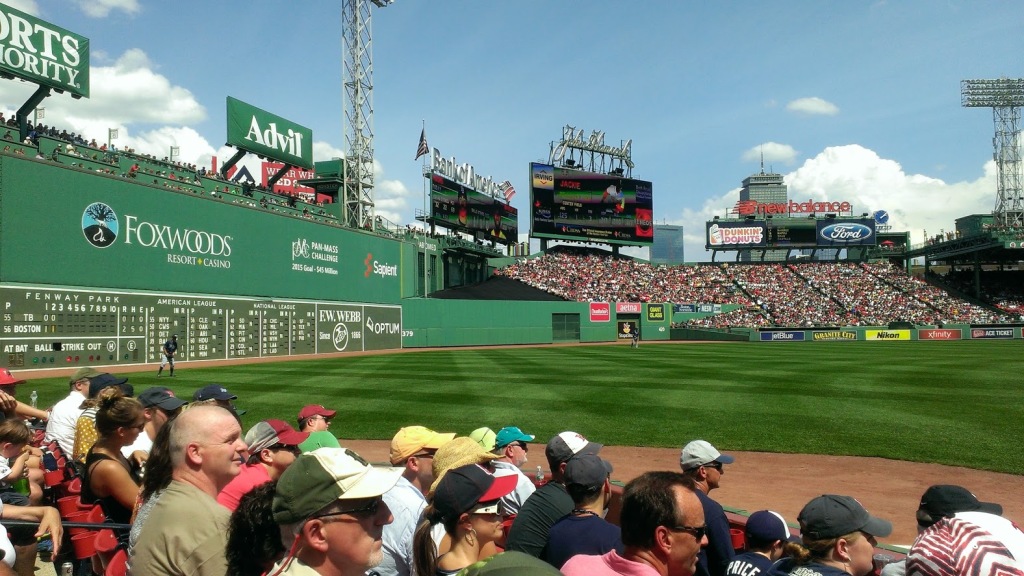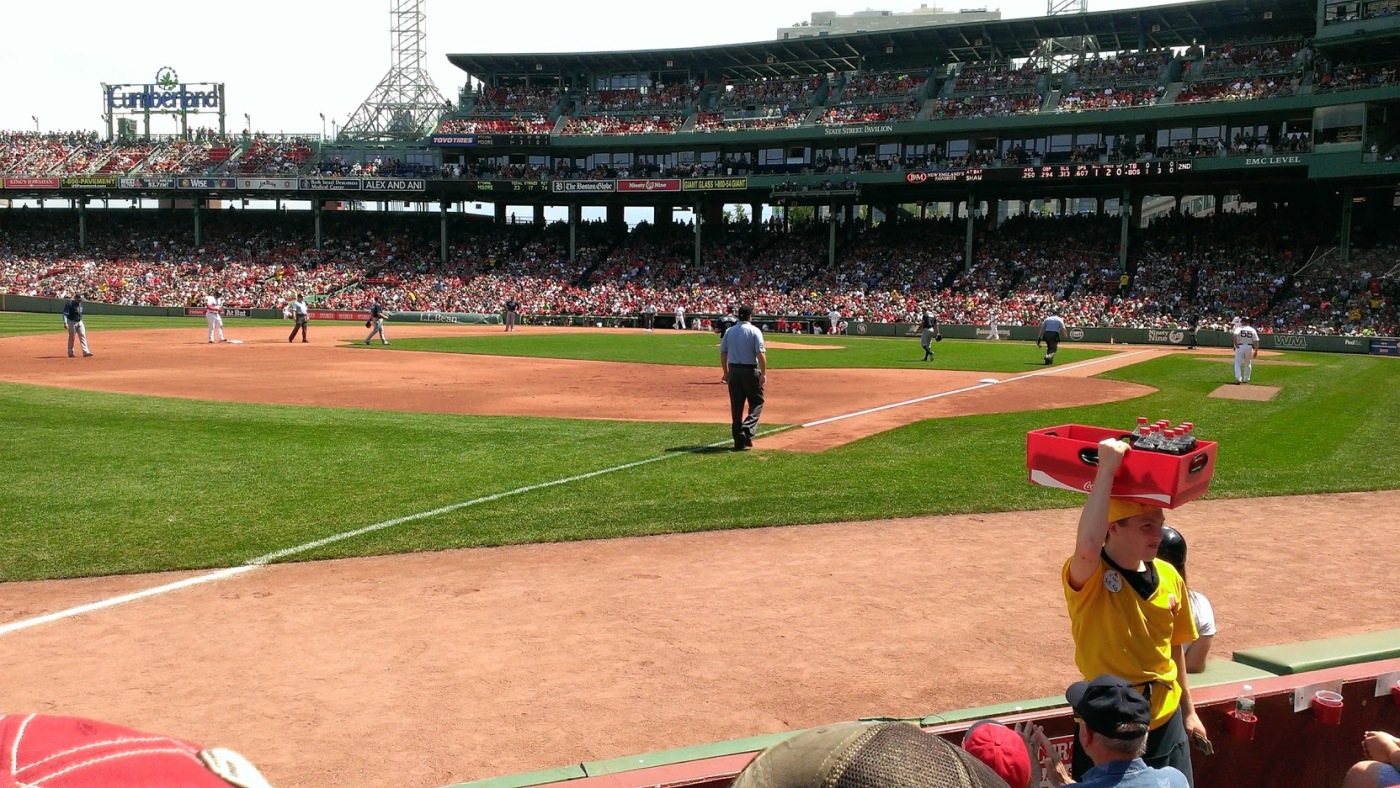A fan, by definition, is a devoted and enthusiastic follower of music, art, and sports, like baseball. The devoted baseball fan follows their favorite sports team on social media, subscribes to cable TV channels to regularly watch them, as well as attends games. The enthusiastic fan attending a game brings cheers and energy to encourage and be uplifting for a player or team. And the enthusiastic fan attending a game rains down boos and jeers to opposing pitchers and looks to stress out opposing batters. The fan element of a baseball game can even decide the fate of a game. Playing in front of a packed home crowd with tons of devoted and enthusiastic fans is one of the best experiences you can have as a baseball player, no matter what age you are.
There are reports that professional teams may start the 2020 season with no fans in the stands. A few years ago, The Baltimore Orioles played the Chicago White Sox in Baltimore with zero attendance, due to a imposed curfew by the Baltimore mayor after some violence and looting in the city of Baltimore. I remember watching highlights of that game and how eerie it was to see no fans in any section of the ball park, no cheering, no booing, a massive echo when players hit the ball, no energy from the crowd, no noise at all. It was sort of like watching a scrimmage game or perhaps catching an inter squad game in Spring Training. I have been to stadiums and parks where the fan attendance has been low and I have to say it is a very different feel to the game as opposed to going to a packed house.

No fans in the stands means no additional revenue for the home team, the stadium, and a loss of jobs by the stadium’s employees. Fans bring revenue to a game. Ticket sales, hot dogs, adult beverages, water, ice cream, souvenirs are all part of the fan experience at a game. Ticket sales people, hot dog vendors, beer garden attendants, souvenir shop owners, and other customer service positions will not be brought back to work if there are no fans. I’m no economist, but how are the majority of professional teams going to make money. And what about the minor league teams who rely on fans and revenue from games to stay above water financially? How are the professional teams without lucrative cable TV contacts going to survive without fans in the stands?
The enthusiastic fan cheers and screams and boos and hisses throughout the majority of the game. Multiply a fan’s volume several thousand times in a packed stadium and the fan can make a real difference in the outcome of a game. A routine fly ball to the outfield coupled with 10’s of thousands of fans screaming may result in an error. With no fans hissing, the outfielder can just focus on the ball falling softly into his glove. A throng of cheers for a big hit in the bottom of the 9th inning can lift the energy of a home town batter. With no cheers from the fans, the batter may remember that he is 0 for his last 25 against this particular pitcher. The roaring wave of applause when a pitcher strikes out the side to end a game is uplifting and provides a surge of energy. The fan does not hit, pitch, run the bases, catch, or manage the game. Yet, can have a significant impact on the game by their resounding cheers or dastardly hisses.

It goes beyond saying that the fan of a youth baseball player plays an important role in their development and love of the game. Being there in the stands, cheering them on when they strike out or make an error or get a base hit is what youth baseball players need from fans. They need encouragement on so many levels. They need support when the times are tough or the player has a bad game. The fan can add that extra burst of energy needed to get down to first base on a close play. I simply cannot imagine a youth baseball game being played without fans and what the impact of that might be to the player.
Safety concerns are forcing leagues and teams to decide whether or not to have seasons, games, practices, and even organize for baseball. With the restrictions in place for social gatherings, it is most likely that if baseball were to start up on the local youth baseball level, fans would not be allowed to attend games as they normally have in years past. Leagues may implement a seating arrangement where parents and fans are at least six feet apart, wear masks, spread out along the outfield fence, or in some cases, be asked not to attend games if they are sick. Professional teams may start their season without fans sometime after June. This includes minor league teams, which will have to play in front of no fans in attendance. I certainly want baseball to come back and especially for youth baseball players. No fans in the stands will be one sacrifice baseball will need to make in order to make baseball a reality for 2020, at least to start.

Leave a Reply